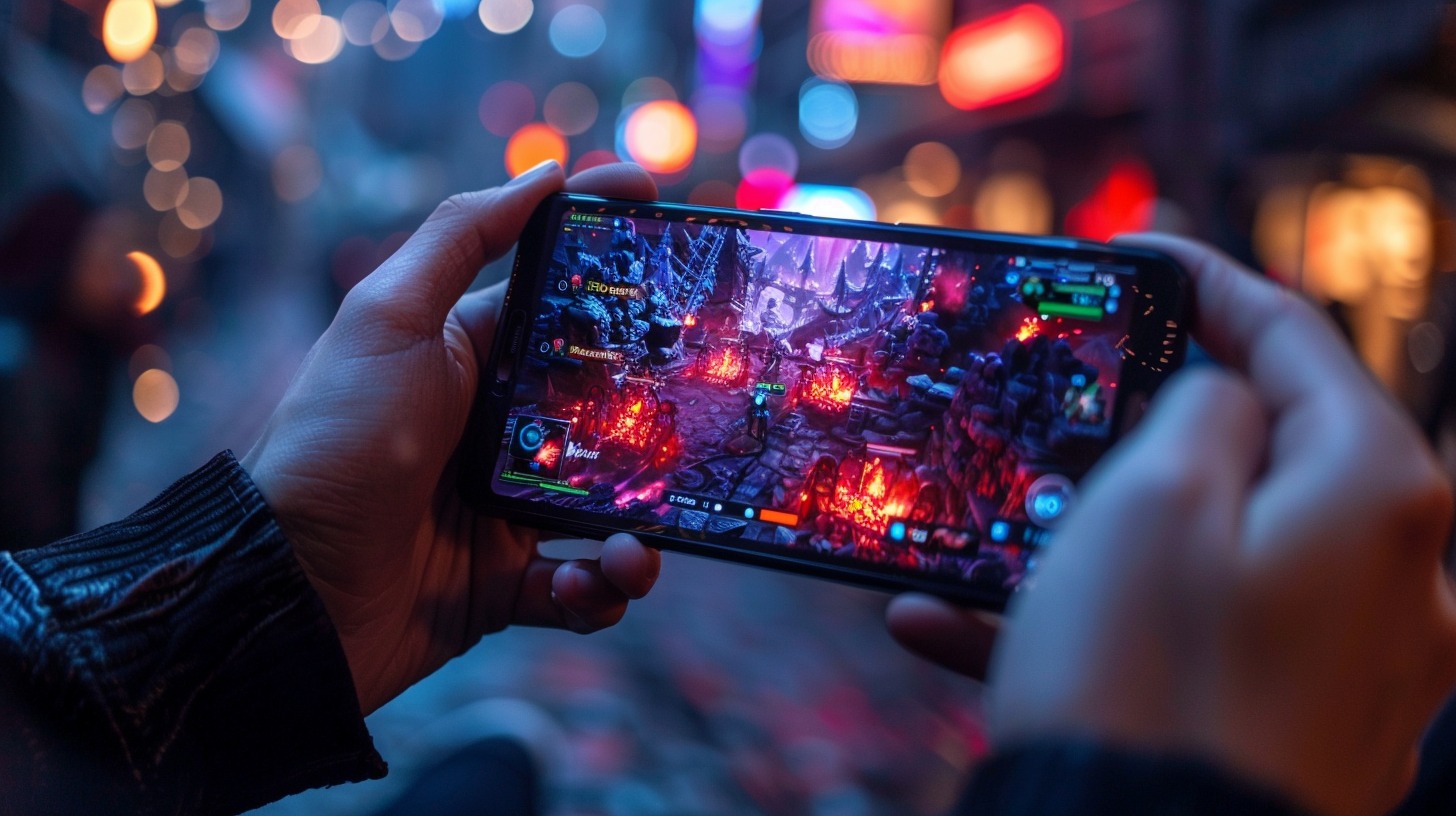The gaming industry is in a state of constant evolution, propelled by technological advancements and shifting player preferences. In the coming years, we can anticipate a multitude of trends and innovations poised to shape the future of mobile gaming. From VR and AR to cloud gaming and artificial intelligence (AI), the possibilities are limitless. These developments will not only elevate the gaming experience but also create new opportunities for both game developers and players. Game art services will play a crucial role in bringing these innovations to life, enhancing the visual appeal and immersive quality of games.
THE EVOLUTION OF MOBILE GAMING
Mobile gaming has significantly progressed since the days of simple, pixelated games like Snake. With the rise of gadgets, mobile gaming is now more accessible and immersive than ever. Game developers have expanded the capabilities of mobile game development, creating visually stunning and technologically advanced games that rival those on consoles and PCs. The gaming industry has embraced the future of mobile gaming, recognizing its potential to reach a broader audience and generate substantial revenue.
How Mobile Gaming Has Evolved Over the Years
In recent years, mobile gaming has experienced a remarkable transformation due to technological advancements and the increasing power of mobile devices. The era of simple, time-killing games has given way to complex gameplay, breathtaking graphics, and immersive experiences.
Developers have maximized the capabilities of mobile devices, integrating touch controls, motion sensors, and augmented reality features into their games. These innovations have not only attracted a wider number of people but have also boosted the prestige of mobile gaming, positioning it as a formidable contender in the gaming industry.
Major Milestones in Mobile Gaming History
The history of mobile gaming is marked by significant milestones that have shaped its future. One pivotal moment was the launch of the App Store in 2008, which revolutionized game distribution and play on mobile devices. This event sparked a surge in mobile game development and the emergence of indie game developers. Another crucial milestone was the introduction of in-app purchases, enabling developers to monetize their games and offer extra content to players. The advent of multiplayer gaming and the rise of mobile esports have also significantly contributed to the growth and popularity of mobile gaming.
The Impact of AI on Mobile Gaming

Artificial intelligence is revolutionizing the gaming industry, particularly in mobile gaming, by enhancing gameplay and user experience. AI creates realistic and dynamic non-playable characters (NPCs), personalizes gameplay, generates unique game content, and automates game testing. By integrating AI, developers can craft more immersive, engaging, and challenging games tailored to player behavior and preferences.
The Rise of AR and VR in Mobile Games
AR and VR are transforming the gaming industry, especially in mobile gaming, by offering immersive and interactive experiences. With advancements in mobile devices and smart TVs, AR and VR gaming are becoming mainstream. The current state is promising, with devices like the Oculus Quest and apps like Pokémon Go showcasing their potential. The future holds even more exciting prospects, with advancements in haptic feedback and eye-tracking technologies enhancing the natural interaction with virtual worlds, promising revolutionary changes in the way we play and perceive games.
Blockchain technology and its impact on mobile games
Blockchain technology promises to revolutionize mobile gaming by enabling secure and transparent transactions for in-game purchases and virtual asset exchanges. It allows developers to create unique, tradable items, giving players full ownership and control. Blockchain also addresses cheating and fraud, fostering a fair gaming environment. Despite opportunities for enhanced player engagement and monetization, challenges like scalability and user adoption must be addressed for successful integration.
